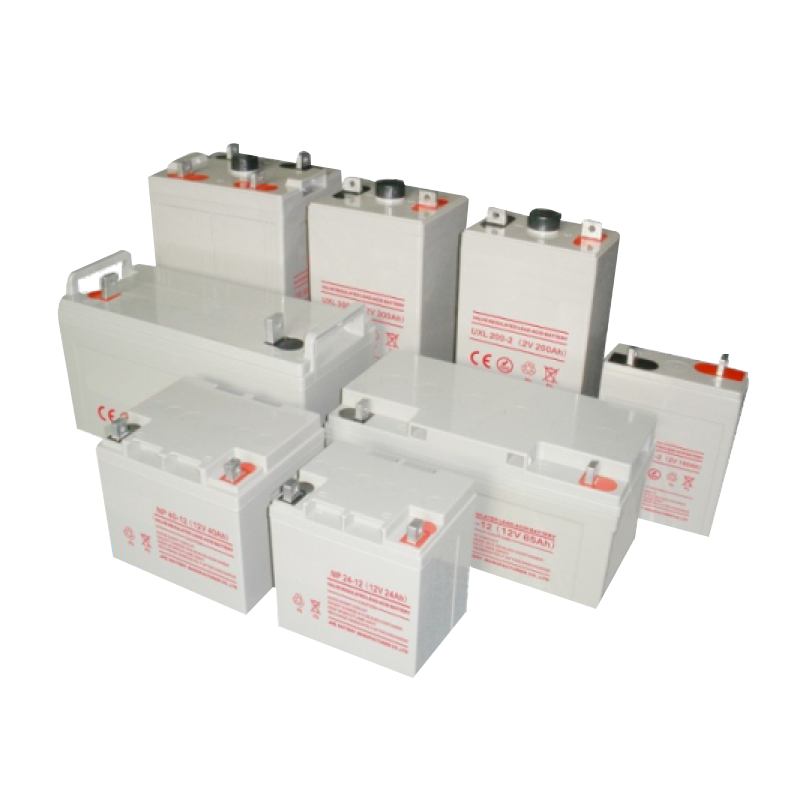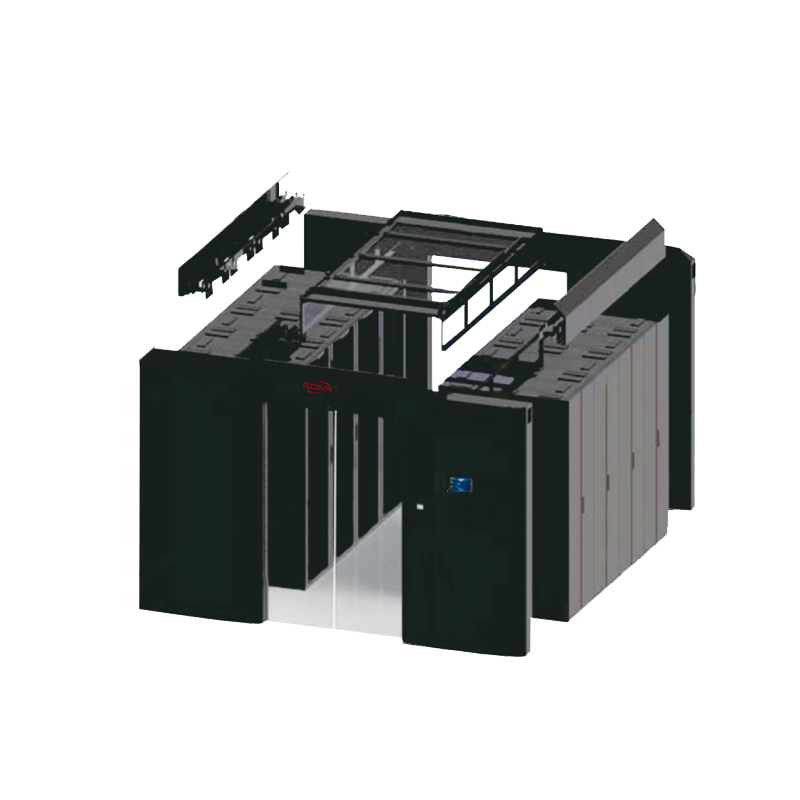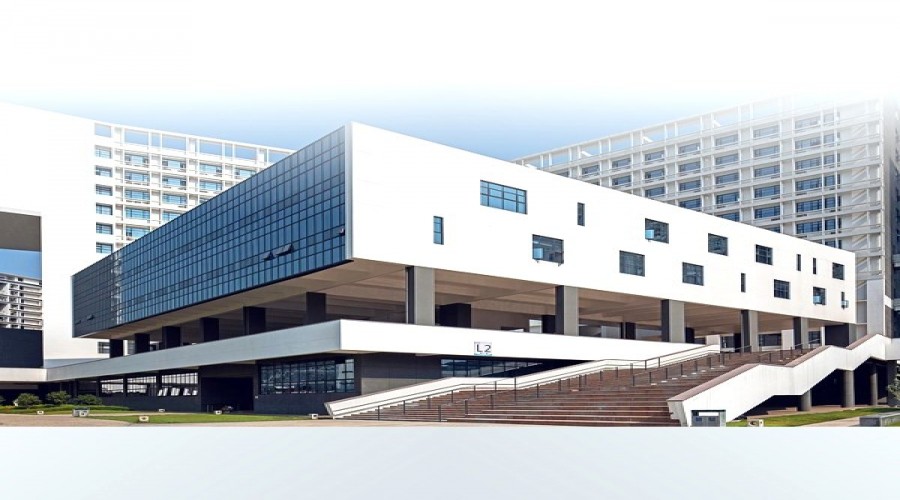 Language
LanguageThe customization and selection techniques for UPS power supply mainly include the following aspects:
1. Requirement analysis: The first step in selecting UPS power supply is requirement analysis. Understand the power needs of users, including equipment parameters such as power, current, voltage, as well as required backup time and power stability requirements. This helps determine the required UPS power supply type and specifications.
2. Equipment type selection: Based on the requirements analysis results, select the appropriate UPS power supply type. The common types of UPS power supply are online, backup, and online interactive. Online UPS power supply has the highest power quality and stability, suitable for equipment with high power requirements; The backup UPS power supply has a lower price and is suitable for equipment that does not require high power stability; Online interactive UPS power supply falls between the two and is suitable for general equipment.
3. Capacity selection: Select the appropriate UPS power capacity based on device power and backup time requirements. Excessive capacity not only increases costs, but may also lead to resource waste; If the capacity is too small, it may not meet the device requirements, leading to UPS power overload or damage. Therefore, capacity matching needs to be carried out according to the actual situation.
4. Parallel and redundant design: For large equipment or applications that require higher power reliability, parallel or redundant design can be considered. Parallel operation refers to the use of multiple UPS power supplies in parallel to improve power capacity and stability; Redundant design is the addition of one or more backup UPS power supplies on the basis of parallel operation, ensuring that in the event of a main power failure, it can quickly switch to the backup power supply and ensure the continuous operation of the equipment.
5. Environmental adaptability: The working environment of UPS power supply has a significant impact on its performance and service life. Therefore, when selecting, it is necessary to consider the environmental adaptability of UPS power supply, including factors such as temperature, humidity, and dust. Choosing a UPS power supply that is suitable for local environmental conditions can ensure its stable operation and extend its service life.
6. Post maintenance and service: UPS power supply, as a type of electrical equipment, requires regular maintenance and upkeep. Therefore, when selecting, it is necessary to consider the after-sales service and technical support capabilities of UPS power supply manufacturers. Choosing a manufacturer with good after-sales service can ensure timely repair and replacement in case of equipment failure.
In summary, the selection techniques for customized UPS power supply include requirements analysis, equipment type selection, capacity selection, parallel and redundant design, environmental adaptability, and later maintenance and service. In practical applications, it is necessary to comprehensively consider specific needs and conditions, select suitable UPS power supply types and specifications, to ensure the stable operation of equipment and the reliability of power supply.







































































